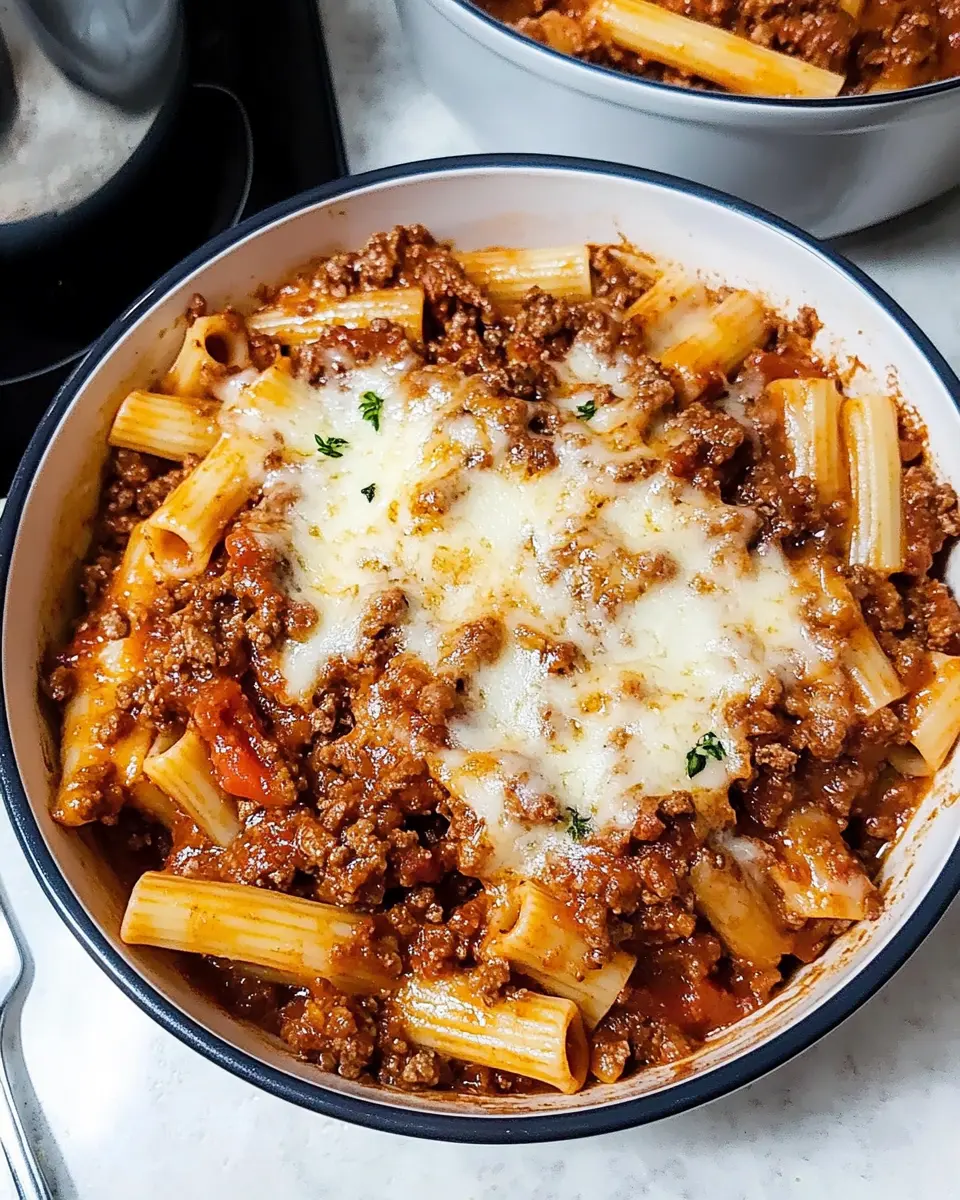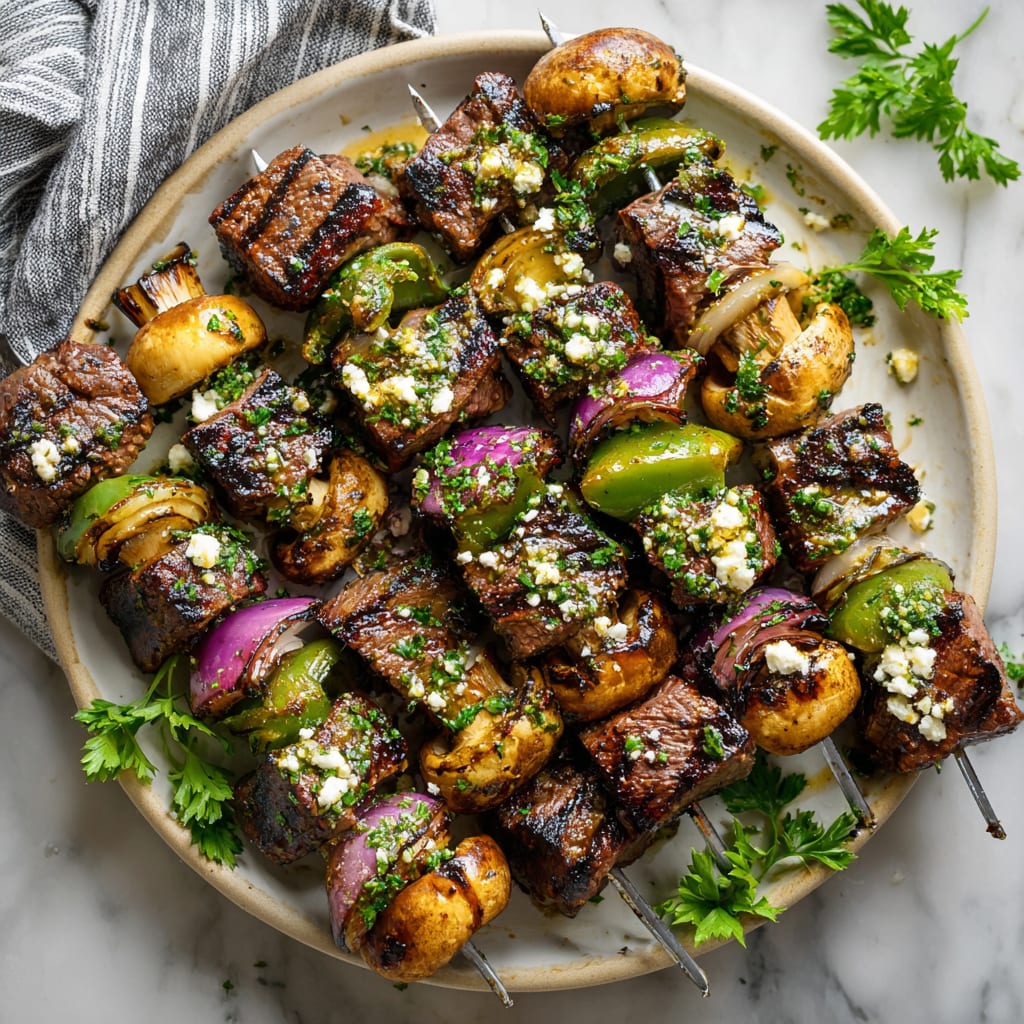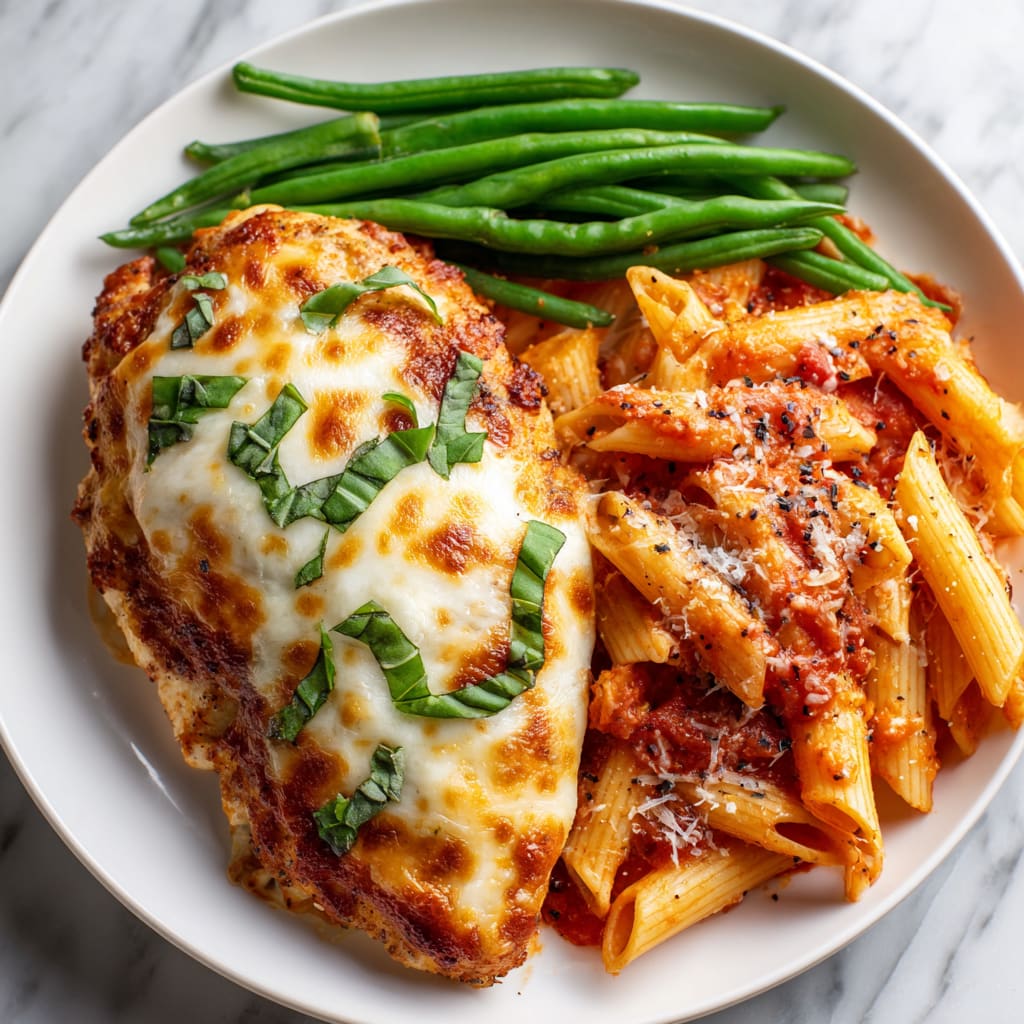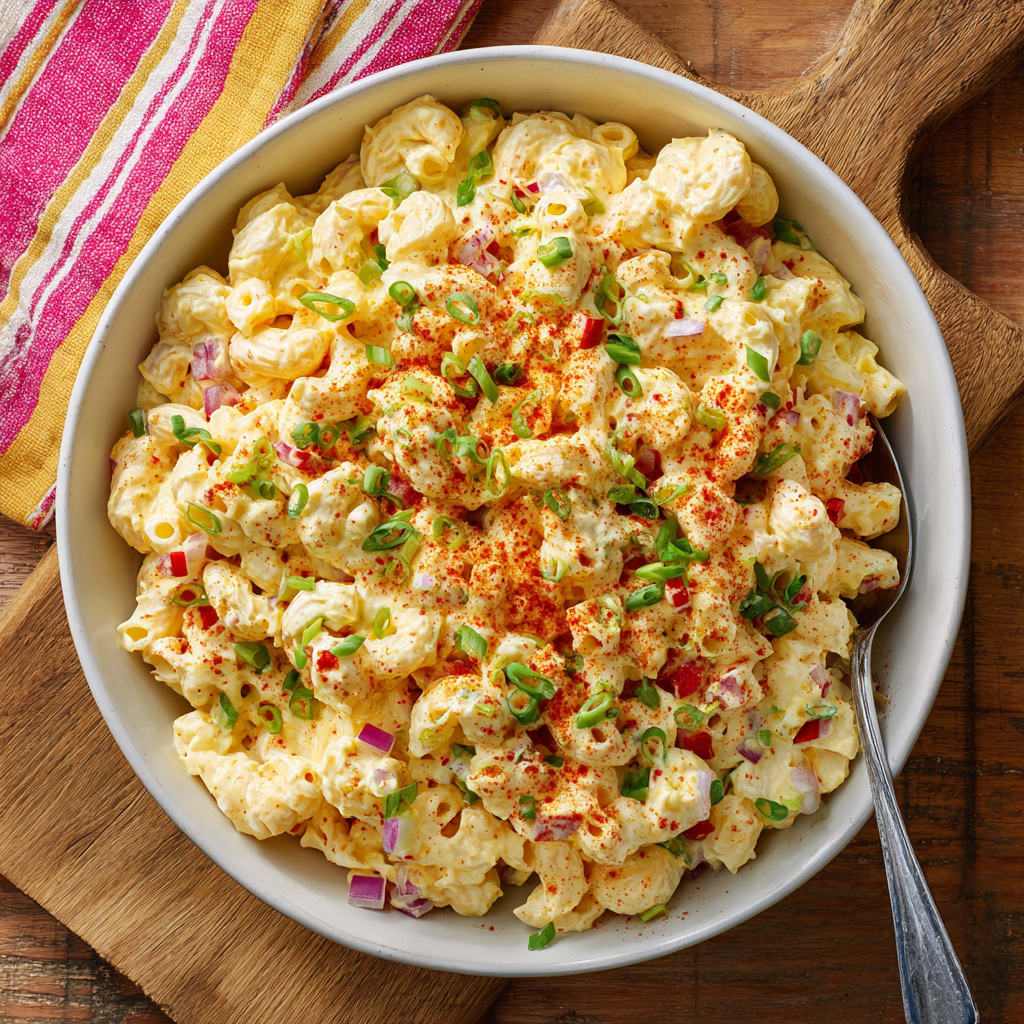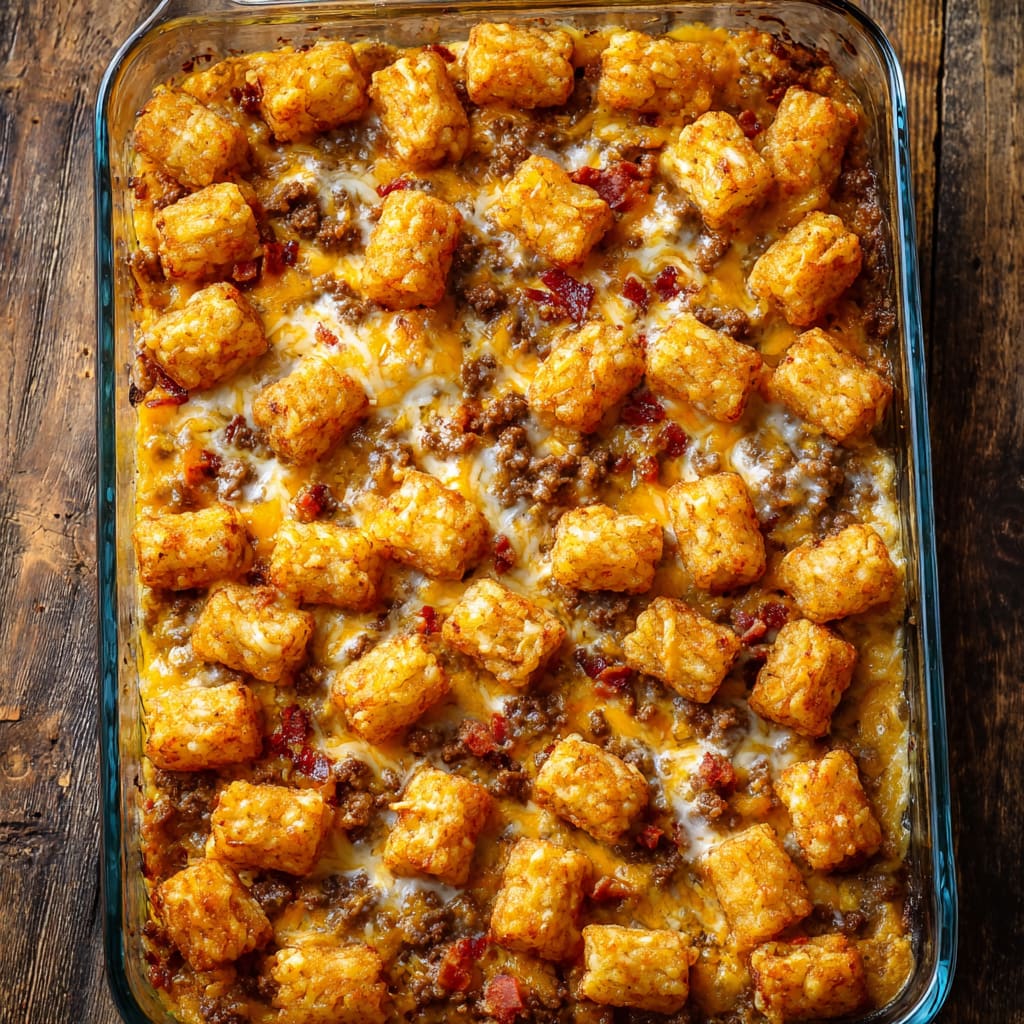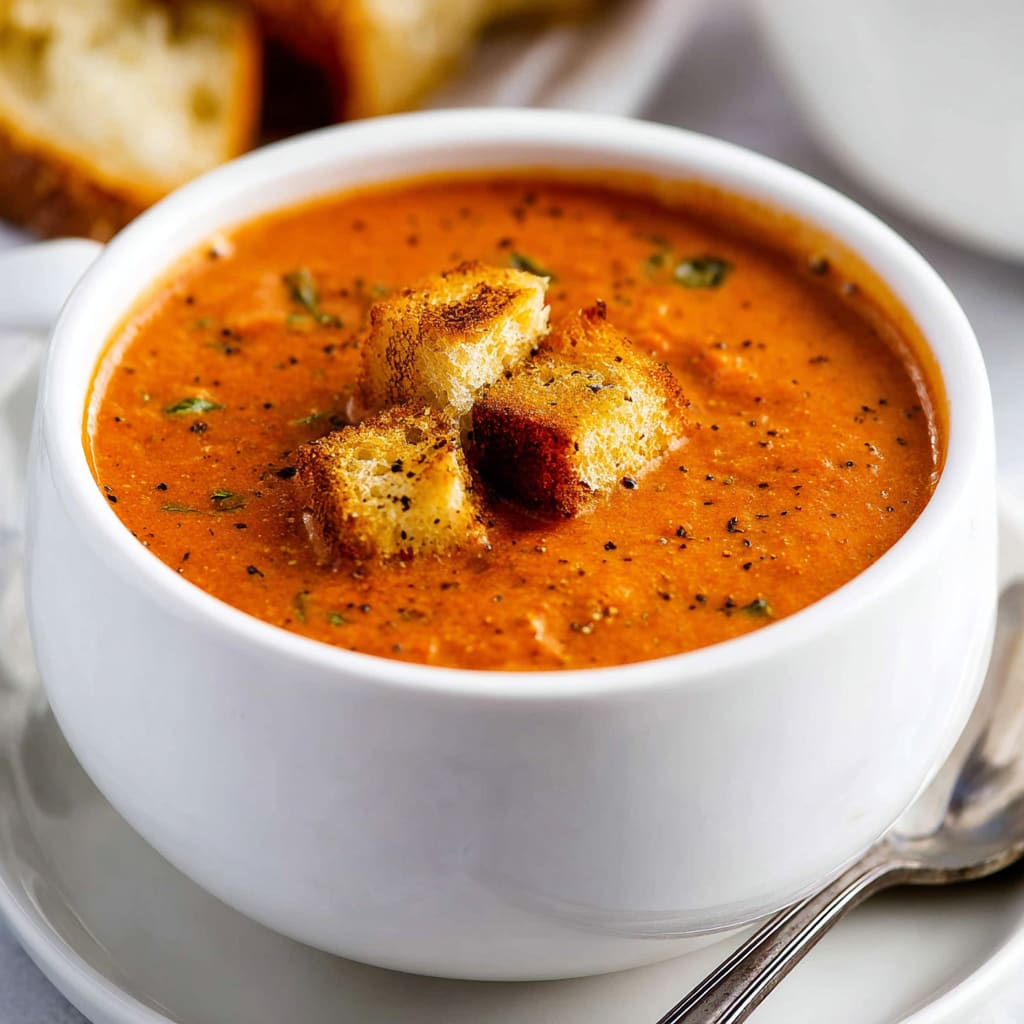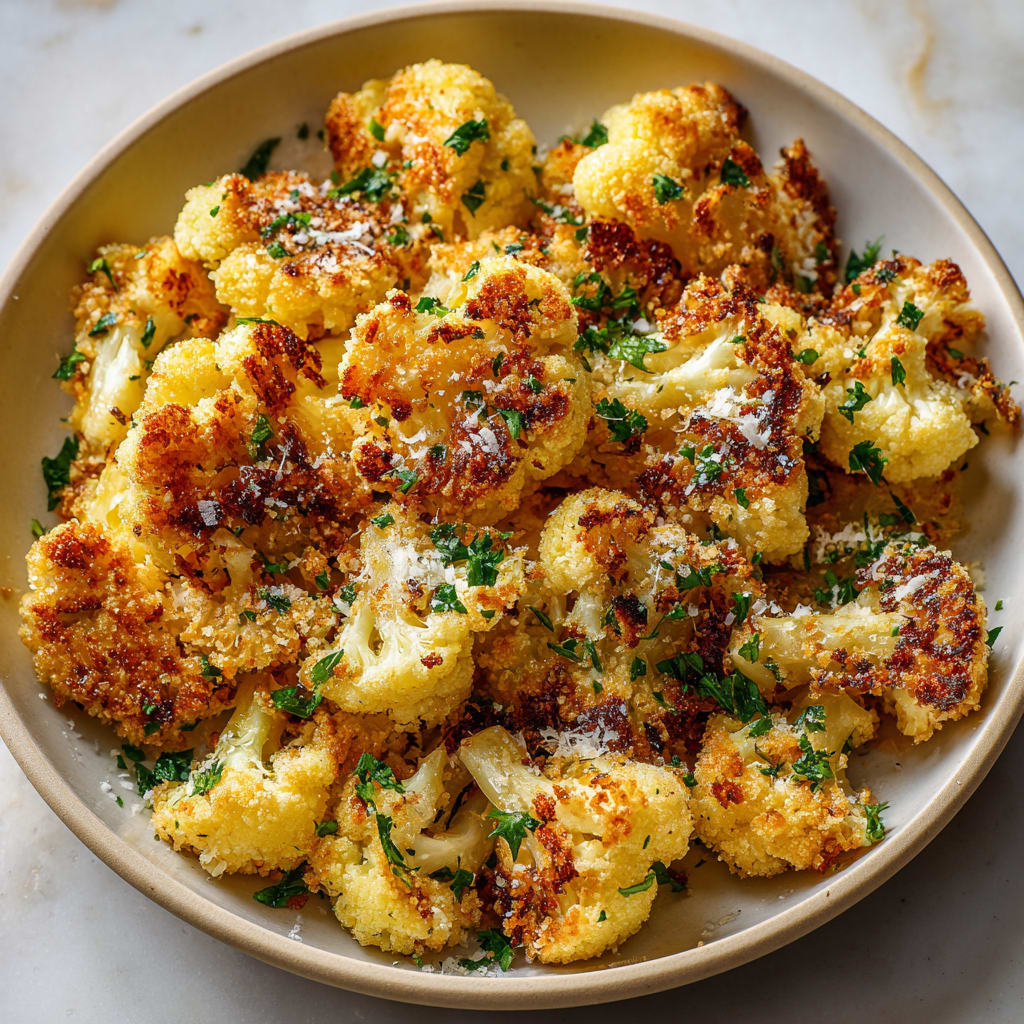Picture a steaming plate of rigatoni, each pasta tube lovingly coated in a rich, meaty sauce that tells a story of generations of Italian culinary tradition. The Rigatoni Bolognese is more than just a meal it’s a journey through the heart of Italian comfort cooking, a dish that transforms simple ingredients into a symphony of flavors. In this comprehensive guide, you’ll discover the secrets to creating the most authentic and delicious Rigatoni Bolognese, from selecting the perfect ingredients to mastering the subtle art of slow-cooking a true ragù. Whether you’re a novice cook or a seasoned chef, this recipe will walk you through every step of creating a restaurant-worthy Bolognese that will transport your taste buds straight to the streets of Bologna.
Why You’ll Love This Rigatoni Bolognese Recipe
Prepare to fall in love with the most comforting pasta dish you’ll ever encounter. This Rigatoni Bolognese is a culinary masterpiece that combines rustic charm with sophisticated flavors. The magic begins with a slow-simmered sauce that develops depth through hours of careful cooking, allowing each ingredient to tell its own story. Imagine tender rigatoni pasta, with its signature ridged exterior perfectly capturing the rich, meaty sauce in every single tube. The combination of ground beef and pancetta creates a complexity that store-bought sauces can only dream of achieving.
What sets this recipe apart is its authenticity. Unlike quick weeknight pasta sauces, this Bolognese is a labor of love—a traditional recipe that respects the original techniques from Bologna. The sauce develops a remarkable richness as it simmers, with each hour bringing out more nuanced flavors. The gentle combination of soffritto (finely chopped celery, carrots, and onions), high-quality ground meat, and a splash of red wine creates a depth that will have your family and friends begging for seconds.
Recipe Details
The origins of Rigatoni Bolognese trace back to the culinary heart of Italy—Bologna, a city renowned for its exceptional cuisine. Originating in the Emilia-Romagna region, this dish represents more than just a recipe; it’s a cultural tradition passed down through generations. Traditionally, Bologna’s ragù was served with tagliatelle, but modern interpretations have embraced rigatoni for its exceptional sauce-holding capabilities.
Bolognese sauce, or ragù alla bolognese, is a testament to Italian cooking philosophy: transform simple, high-quality ingredients into something extraordinary. The dish emerged in the late 18th century, evolving from earlier meat sauces that were popular among noble families. Unlike many international interpretations, authentic Bolognese is more of a meat sauce with a touch of tomato, rather than a tomato sauce with meat.
Nutritional Information
A serving of Rigatoni Bolognese provides a robust nutritional profile that balances indulgence with nourishment. Packed with protein from ground beef and pancetta, this dish offers essential amino acids crucial for muscle maintenance and overall health. A typical serving contains approximately 450-500 calories, with a balanced macronutrient distribution.
The sauce’s ingredients contribute significant nutritional benefits. Ground beef provides iron, zinc, and vitamin B12, supporting blood health and energy metabolism. Carrots bring beta-carotene, which converts to vitamin A, promoting eye health and immune function. Celery offers antioxidants and additional fiber, while tomatoes provide lycopene, a powerful antioxidant linked to heart health.
For those monitoring macronutrients, a standard serving breaks down to approximately:
- Protein: 25-30g
- Carbohydrates: 45-50g
- Fat: 22-25g
- Fiber: 4-5g
Ingredients
For the Bolognese Sauce
- 1 lb (450g) ground beef (80/20 lean-to-fat ratio)
- 1/4 lb (115g) pancetta, finely diced
- 2 medium onions, finely chopped
- 2 carrots, finely diced
- 2 celery stalks, finely diced
- 4 garlic cloves, minced
- 1/2 cup (120ml) dry red wine
- 2 tbsp (30ml) tomato paste
- 1 can (14.5 oz/400g) crushed tomatoes
- 1 cup (240ml) beef stock
- 2 bay leaves
- Salt and freshly ground black pepper to taste
For the Pasta
- 1 lb (450g) rigatoni pasta
- Salt for pasta water
- 1/2 cup (50g) freshly grated Parmigiano-Reggiano
Equipment Needed
Creating the perfect Rigatoni Bolognese requires a few essential kitchen tools that will elevate your cooking experience. A heavy-bottomed Dutch oven or large, deep skillet is crucial for even heat distribution and proper sauce development. Opt for cast iron or enameled cast iron for the best results, as these materials retain heat exceptionally well.
A sharp chef’s knife is indispensable for finely chopping vegetables, ensuring uniform pieces that will melt seamlessly into the sauce. A sturdy cutting board with a non-slip surface provides stability during prep work. A wooden spoon or high-heat spatula helps you stir and scrape the fond (those delicious browned bits) from the bottom of the pan.
For measuring, invest in a good set of measuring cups and spoons. Digital kitchen scales are excellent for precise ingredient measurements, especially when working with international recipes. A large pasta pot with a strainer insert makes cooking and draining pasta a breeze.
Pro Tips For Success
Mastering Rigatoni Bolognese requires attention to detail and a few professional chef techniques. First, always start by creating a perfect soffritto—the finely chopped mixture of onions, carrots, and celery that forms the flavor base. Take your time to chop these vegetables uniformly and cook them slowly in olive oil until they’re soft and translucent.
When browning the meat, resist the urge to stir constantly. Allow the ground beef and pancetta to develop a beautiful golden-brown crust, which adds incredible depth of flavor. This technique, known as the Maillard reaction, creates complex flavor compounds that elevate the entire dish.
Wine selection matters significantly. Choose a dry red wine that you’d enjoy drinking—something like a Chianti or Sangiovese. The wine should be added and allowed to reduce completely, concentrating its flavors into the sauce. This step is crucial for developing a rich, complex taste profile.
Patience is your greatest ally when making Bolognese. Traditional recipes simmer for 3-4 hours, allowing flavors to meld and develop. If possible, make the sauce a day ahead and reheat it—the flavors will continue to deepen and improve overnight.
Instructions
- Prepare the Soffritto:
- Heat 2 tbsp olive oil in a large Dutch oven over medium heat
- Add finely chopped onions, carrots, and celery
- Cook for 8-10 minutes until vegetables are soft and translucent
- Add minced garlic, cook for additional 1-2 minutes
- Brown the Meats:
- Increase heat to medium-high
- Add ground beef and pancetta
- Cook without stirring for 3-4 minutes to develop a golden crust
- Break meat into small pieces, continue cooking until fully browned
- Build the Sauce:
- Add tomato paste, stirring to coat meat and vegetables
- Pour in red wine, scrape up any browned bits from pan bottom
- Allow wine to reduce completely
- Add crushed tomatoes and beef stock
- Add bay leaves, salt, and pepper
- Simmer the Sauce:
- Reduce heat to low
- Cover and simmer for 2-3 hours, stirring occasionally
- If sauce becomes too thick, add small amounts of stock
- Taste and adjust seasoning as needed
- Cook the Pasta:
- Bring large pot of salted water to rolling boil
- Cook rigatoni until al dente, usually 10-12 minutes
- Reserve 1 cup pasta water before draining
- Combine and Serve:
- Remove bay leaves from sauce
- Toss pasta directly in sauce
- Add splash of reserved pasta water if needed
- Garnish with freshly grated Parmigiano-Reggiano
Recipe Variations
For those with dietary restrictions or seeking alternatives, several Rigatoni Bolognese variations exist. Vegetarians can replace meat with a mixture of finely chopped mushrooms and lentils, which provide similar texture and umami flavor. Use vegetable stock instead of beef stock to maintain the depth of flavor.
Gluten-free options include using gluten-free rigatoni made from rice, corn, or legume flour. For a lower-carb version, consider substituting pasta with zucchini noodles or spaghetti squash. These alternatives maintain the essence of the dish while catering to different nutritional needs.
Regional variations exist throughout Italy. Some northern Italian versions include milk or cream for added richness, while southern interpretations might incorporate more tomatoes. Experimenting with different meat combinations—like adding ground pork or veal—can create unique flavor profiles.
Storage & Serving Suggestions
Proper storage ensures your Rigatoni Bolognese remains delicious for days. Allow the sauce to cool completely before storing. In an airtight container, the sauce will keep in the refrigerator for 4-5 days. For longer storage, freeze in portion-sized containers for up to 3 months.
When reheating, do so gently. For refrigerated sauce, warm slowly in a pan, adding a splash of stock or water to restore moisture. If frozen, thaw in the refrigerator overnight before reheating.
Serving suggestions extend beyond the basic plate of pasta. Try topping with fresh basil, additional Parmigiano-Reggiano, or a drizzle of high-quality extra virgin olive oil. For a complete meal, pair with a simple green salad and crusty Italian bread to soak up the sauce.
FAQs
- Can I make Bolognese sauce in advance? Absolutely! The sauce actually improves when made 1-2 days ahead, allowing flavors to develop more complexity.
- Is pancetta necessary? While traditional, you can substitute with bacon or omit for a lighter version. Pancetta adds depth but isn’t mandatory.
- What’s the difference between Bolognese and other meat sauces? Authentic Bolognese is meat-forward with minimal tomato, unlike many international interpretations.
- Can I use ground turkey instead of beef? Yes, but the sauce will be leaner. Consider adding extra fat or olive oil for moisture.
- How do I prevent the sauce from becoming too watery? Reduce heat to low, leave pot partially uncovered, and stir occasionally to allow moisture to evaporate.
- What wine works best? Dry red wines like Chianti, Sangiovese, or Cabernet Sauvignon are excellent choices.
- Can this be made in a slow cooker? Yes! Cook soffritto and brown meats first, then transfer to slow cooker and cook on low for 6-8 hours.
- How can I make this dish spicier? Add red pepper flakes or a dash of cayenne pepper during the sauce-making process.
- Is this recipe kid-friendly? Absolutely! The slow-cooked sauce is mild and flavorful, perfect for family dinners.
- Can I make this vegetarian? Replace meat with mushrooms, lentils, or plant-based meat alternatives for a similar texture.
Conclusion
Your culinary journey through the world of Rigatoni Bolognese is more than just a recipe—it’s an invitation to experience the soul of Italian cooking. Each carefully simmered bite tells a story of tradition, passion, and the incredible magic that happens when simple ingredients are treated with respect. Don’t be intimidated by the cooking time; instead, view it as an opportunity to create something truly extraordinary. Embrace the process, trust your instincts, and most importantly, cook with love. Your perfect Rigatoni Bolognese awaits, ready to transport you and your loved ones to the heart of Italy with every delicious forkful.
Print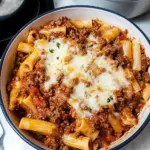
Rigatoni Bolognese Recipe
Description
Master the perfect Rigatoni Bolognese with our ultimate recipe. Rich, slow-cooked Italian sauce, step-by-step guide, and pro tips for restaurant-quality pasta.
Ingredients
-
For the Bolognese Sauce
- 1 lb (450g) ground beef (80/20 lean-to-fat ratio)
- 1/4 lb (115g) pancetta, finely diced
- 2 medium onions, finely chopped
- 2 carrots, finely diced
- 2 celery stalks, finely diced
- 4 garlic cloves, minced
- 1/2 cup (120ml) dry red wine
- 2 tbsp (30ml) tomato paste
- 1 can (14.5 oz/400g) crushed tomatoes
- 1 cup (240ml) beef stock
- 2 bay leaves
- Salt and freshly ground black pepper to taste
-
For the Pasta
- 1 lb (450g) rigatoni pasta
- Salt for pasta water
- 1/2 cup (50g) freshly grated Parmigiano-Reggiano
Instructions
- Prepare the Soffritto:
- Heat 2 tbsp olive oil in a large Dutch oven over medium heat
- Add finely chopped onions, carrots, and celery
- Cook for 8-10 minutes until vegetables are soft and translucent
- Add minced garlic, cook for additional 1-2 minutes
- Brown the Meats:
- Increase heat to medium-high
- Add ground beef and pancetta
- Cook without stirring for 3-4 minutes to develop a golden crust
- Break meat into small pieces, continue cooking until fully browned
- Build the Sauce:
- Add tomato paste, stirring to coat meat and vegetables
- Pour in red wine, scrape up any browned bits from pan bottom
- Allow wine to reduce completely
- Add crushed tomatoes and beef stock
- Add bay leaves, salt, and pepper
- Simmer the Sauce:
- Reduce heat to low
- Cover and simmer for 2-3 hours, stirring occasionally
- If sauce becomes too thick, add small amounts of stock
- Taste and adjust seasoning as needed
- Cook the Pasta:
- Bring large pot of salted water to rolling boil
- Cook rigatoni until al dente, usually 10-12 minutes
- Reserve 1 cup pasta water before draining
- Combine and Serve:
- Remove bay leaves from sauce
- Toss pasta directly in sauce
- Add splash of reserved pasta water if needed
- Garnish with freshly grated Parmigiano-Reggiano

